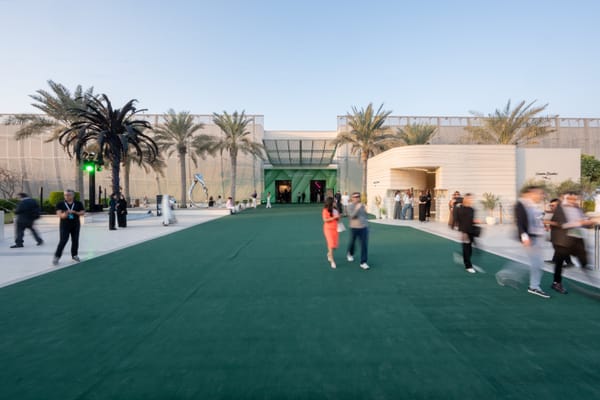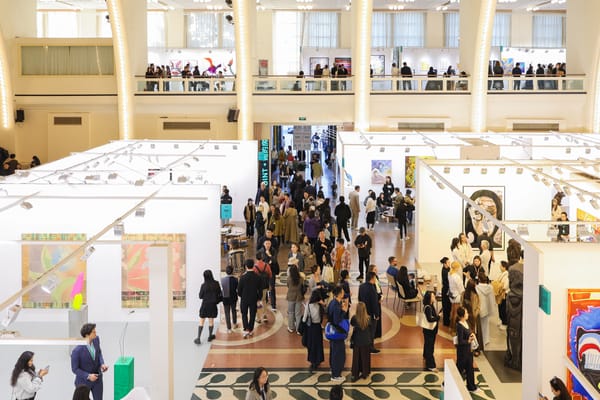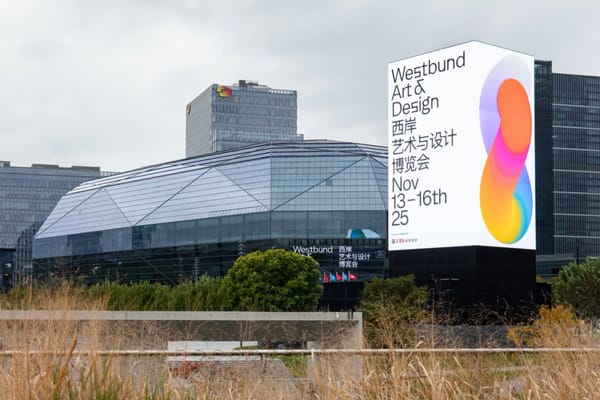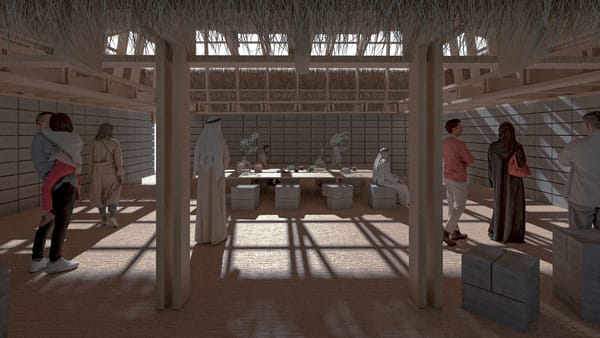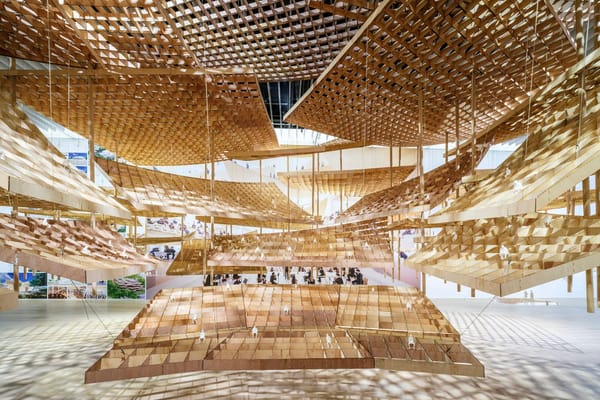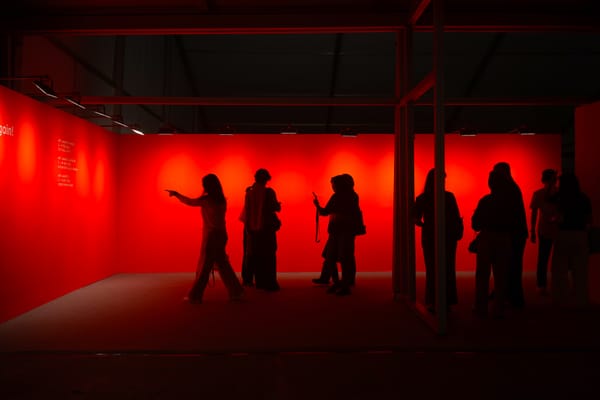Market
Tomio Koyama Singapore Closes With Ian Woo Solo Show

After just three years in Singapore, Tomio Koyama Gallery mounted its final exhibition at Gillman Barracks. The gallery is one of five others bidding farewell to the Litte Red Dot’s unique but struggling arts cluster. The problems at Gillman Barracks, like all growing pains, have been mixed: low visitor numbers; awkward location; ambivalent public response; a dearth of nearby eateries; a lack of weather-protective walkways . . . the list goes on. Gillman has made real efforts to address these concerns, by fine-tuning its infrastructure and organizing special arts events. Essentially, though, poor sales are the culprit here. It has been suggested that the fact that most of the departing galleries feature innovative or emerging contemporary Asian and Southeast Asian artists may have been challenging for the small pool of cautious local collectors, who prefer familiar names, entrenched reputations and impressive price tags. This is particularly regrettable, given that for the past three years, the departing galleries—and those who are remaining—have been energetically fulfilling Gillman’s objectives to introduce a compelling array of global and regional talent to the local art scene, and to contribute to Singapore’s ambition to become the region’s premier arts and cultural center.

Gillman Barracks has all the ingredients to succeed: a charming, park-like location; wonderfully restored historic buildings; expansive, light-filled gallery spaces; and (currently) some dozen prominent international and local galleries. But in Singapore, where success is bluntly measured by swift performance and investment return, the initial projections for Gillman may not have taken into account that “art appreciation” is an uneven and integrative learning process, and that attempting to establish a cultural market for aesthetics is an audacious undertaking.
For the Tokyo-based Tomio Koyama Gallery, Gillman was their first overseas venue, and their run here had been impressive. Their exhibitions featured emerging and established Japanese artists (some of whom have been with the gallery since its inception in 1996), such as Kishio Suga, Mika Ninagawa, Yoshitomo Nara and Hiroshi Sugito, and have complemented Japan's native presence by providing a platform for fresh, regional talent from Southeast Asia. A few of their standout exhibitions in Singapore featured Japanese artists Nana Funo and Tomoko Nagai; Malaysian conceptual artist Shooshie Sulaiman; and Singaporean artists Genevieve Chua and Ian Woo.

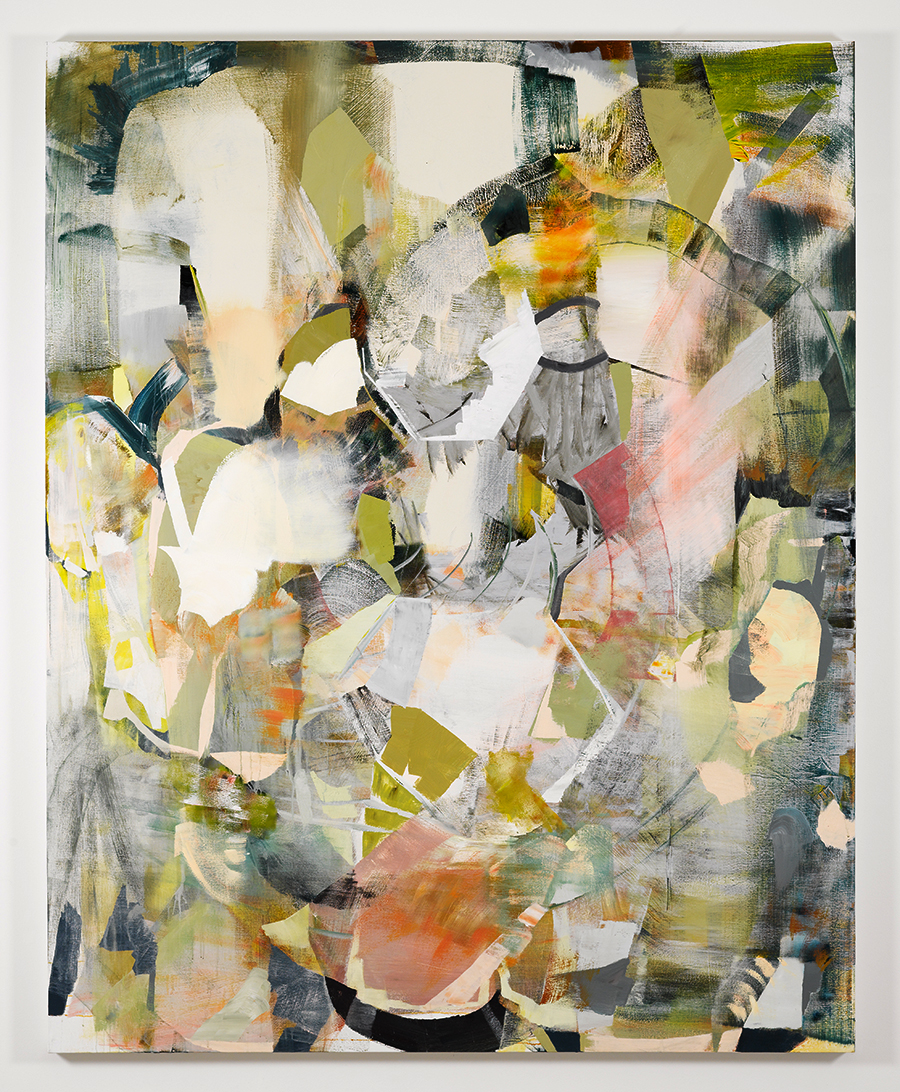
This April, before closing their doors, the gallery mounted a solo exhibition by Singaporean painter Ian Woo, titled “Falling Off Plastic Chairs.” Woo, also an arts educator and musician, is one of very few painters in Singapore to engage in abstraction. Woo’s rhythmic compositions derive from his own contrapuntal memories, and he concocts his pastel palettes from random, chance-found tonal notes— from a local beach, for example, or in Japanese anime, or Mughal miniatures.
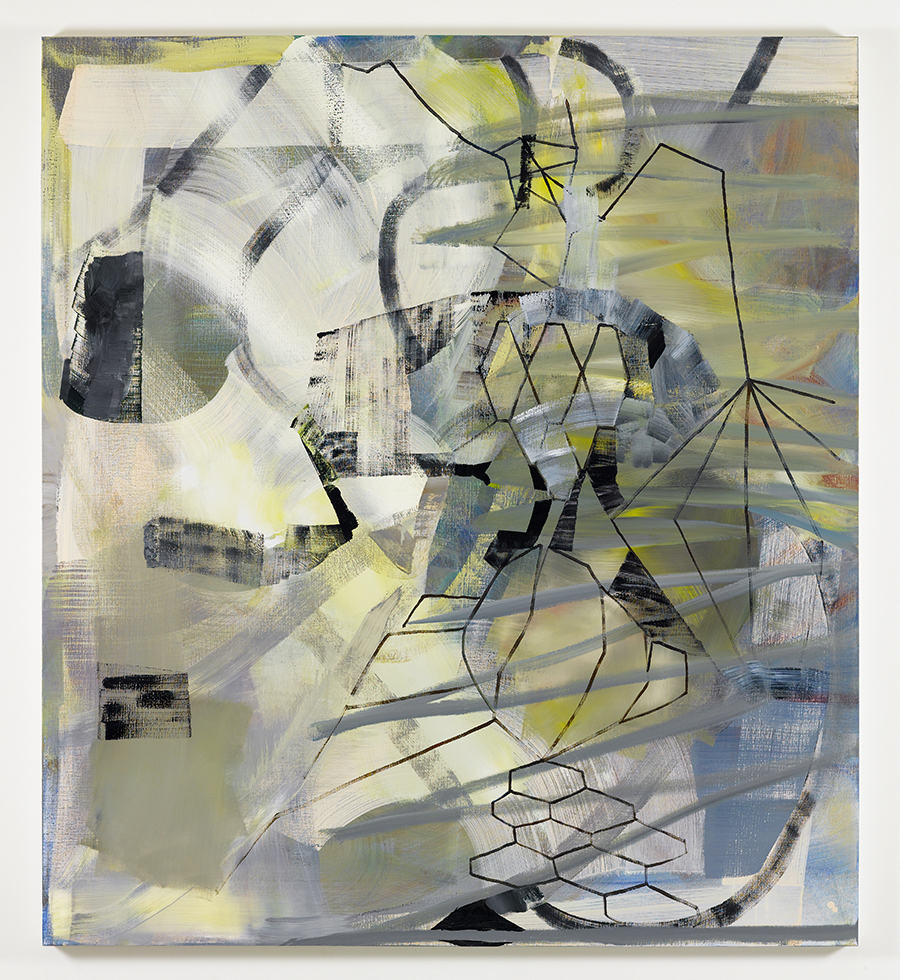
At Koyama, Woo presented five, large-scale acrylic-on-linen paintings, along with seven smaller framed works on paper. In the past, Woo’s paintings have incorporated strands of text, along with delicate feints at structure, still-life and figuration. His works shown in “Falling Off Plastic Chairs,” all dated 2015, are luminous and cogent. Here, Woo modulates his forms between assertive geometrics and offhand figurative reminiscence. Memory, for Woo, is wrought by the acts of painting and looking. He has explained that he pretends to make moving images when he paints—a scheme that often results in barely suppressed images caught mid-gesture within strata of color and tonal clusters. These tenuous mnemonics are Woo’s “notions of a continuous presence,” and refer to the build-up—and unraveling—of form in motion. Woo sees beauty in this uncertainty and refers to its lovely ambiguity as “dream spaces.” His elliptical, occasionally goofy titles are chosen with the same deliberate imprecision and are described by Woo as concessions to the “inner soundtrack” of his mind. Allusive exhibition titles, like “Falling Off Plastic Chairs” and “The Difference Between Your Mountain and My Couch” (his previous solo show at Koyama), inform the spirit, if not the theme, of his paintings. “Plastic Chairs” was a discrete exploration of intention, interrupted. It was also a fitting conclusion to Tomio Koyama Gallery’s all-too brief stint in Singapore.
